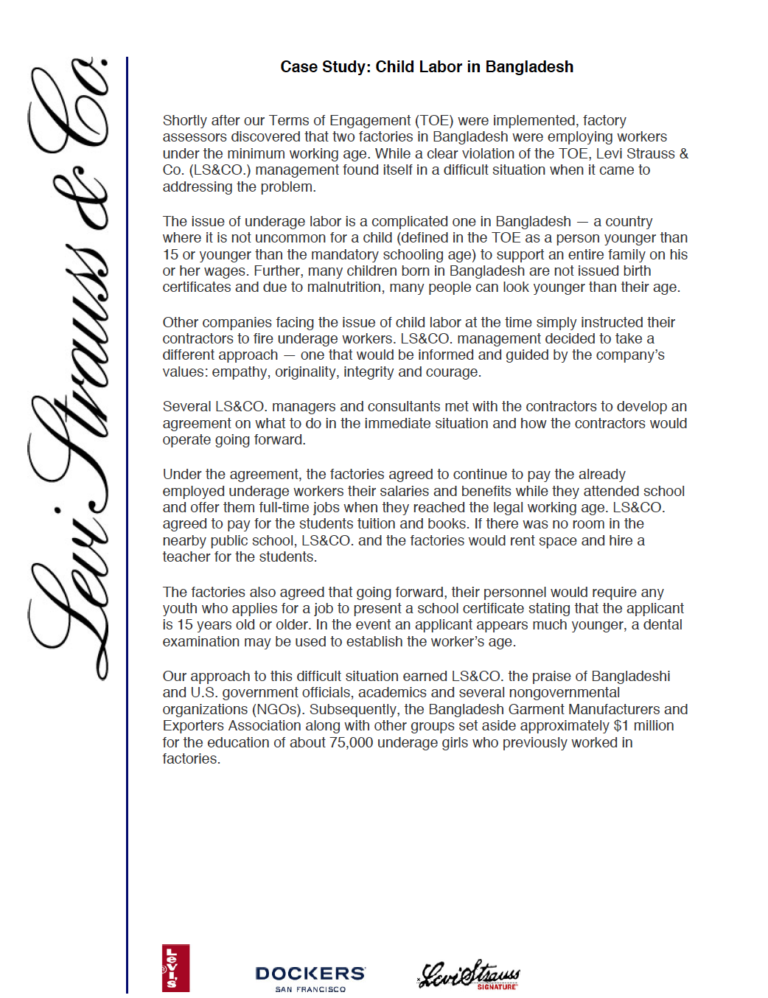Modern Slavery: Deceptive and Coercive Recruitment
GuidanceGood PracticesGraphics & InfographicsWorkers are recruited via unlicensed third-party agencies. Use of unlicensed third-party agencies increases the risk of labor exploitation. Workers pay for recruitment, employment or repatriation fees. Costs associated with employment can place ...Read More

